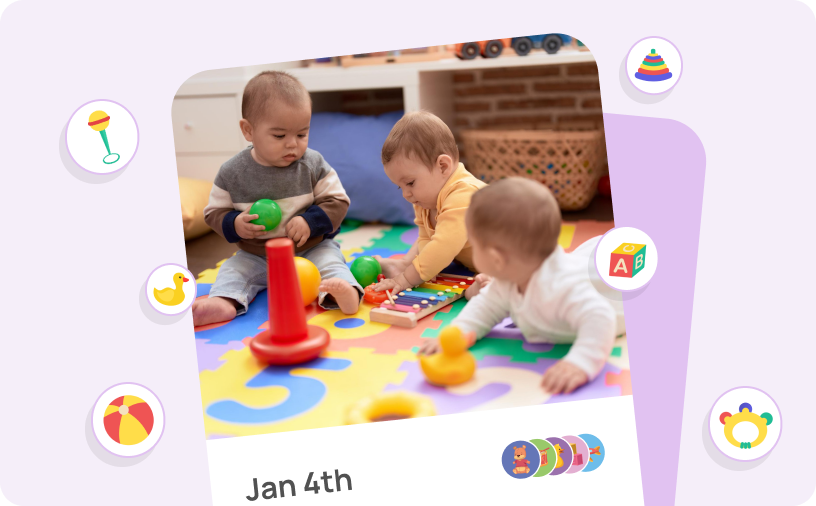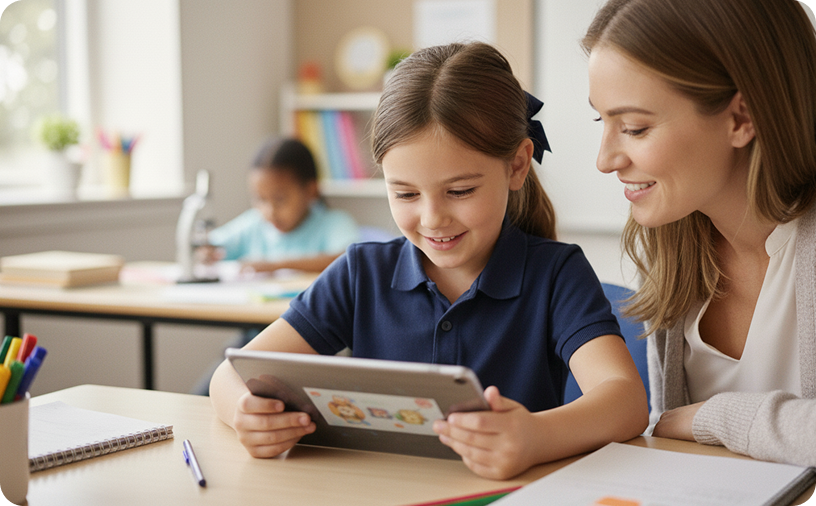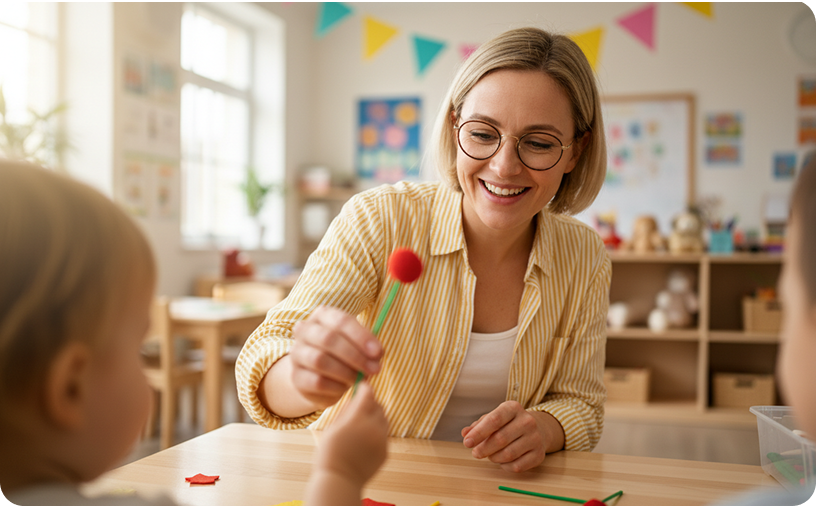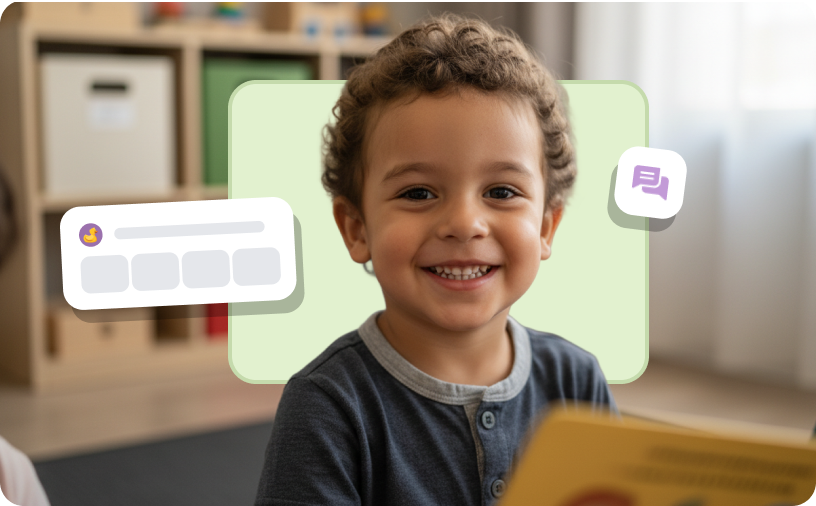Family Conferences are a meaningful opportunity for educators and families to connect, share insights, and collaborate on a child’s developmental journey. But for many educators, the idea of organizing and facilitating these meetings can feel daunting!
The key to a successful family conference lies in preparation and partnership:
1. Set the Stage Early
A successful family conference starts long before families walk into the classroom. Begin by setting clear expectations:
- What will be discussed?
- How long will the meeting last?
- What materials should families expect to see?
Sending a short message or note home in advance helps families feel comfortable and prepared to engage.
Pro Tip: You can use tools like Kaymbu Messages to send personalized updates or reminders to families directly from your device, keeping everyone informed without adding extra paperwork!

2. Gather Evidence, Don't Just Share Opinions
When discussing a child’s growth, it helps to have concrete examples ready. Families appreciate seeing photos, notes, videos, and documentation that illustrates what their child is learning, and how they are developing across different areas.
Using an observation and assessment tool like COR Advantage makes it easy to collect and organize these moments throughout the day, so when conference time arrives you have authentic evidence ready to share.
3. Lead with Strengths!
Every child has areas where they shine. Starting with those successes sets a positive tone and reminds families that the conference is about collaboration, not correction.
Make sure to be specific: “Ava has become very independent during clean up time, and even encourages her peers to help!” is more meaningful than “Ava is doing well during clean up time”

4. Keep Conversations Collaborative
Think of a conference as a partnership meeting, not a presentation. Ask open ended questions like:
- What have you noticed your child doing at home lately?
- Are there areas you’d like to support together?
- Is there anything that you are doing at home that would be helpful to do at school?
When educators actively listen, families feel seen and valued, which leads to a deeper understanding and better support in the classroom, and at home.
5. Use Visuals to Make Progress Tangible
Families often respond best when they can see growth. Whether it’s a collection of artwork, photos that showcase development, or digital portfolios, visuals can help bring the learning journey to life.
Tools like Kaymbu Portfolios let educators curate and share these moments easily in person during the conference, or even digitally afterwards so families can reflect on progress at home.
6. End with an Action Plan
Wrap up each conference by identifying shared goals and next steps. This keeps momentum going beyond the meeting itself. A simple written summary, or follow-up message ensures everyone stays aligned and on track.
If your program uses Kaymbu, you can follow up with families directly in the app, sending a quick recap using something like storyboards, or highlighting a new goal for the month ahead.
Final Thoughts
Family conferences don’t have to feel formal or stressful. When educators approach them as conversations rooted in trust and transparency, they can become some of the most rewarding moments of the year! By combining thoughtful preparation with the right tools to capture the learning happening in your classroom, every conference can strengthen the bridge between home and school.







